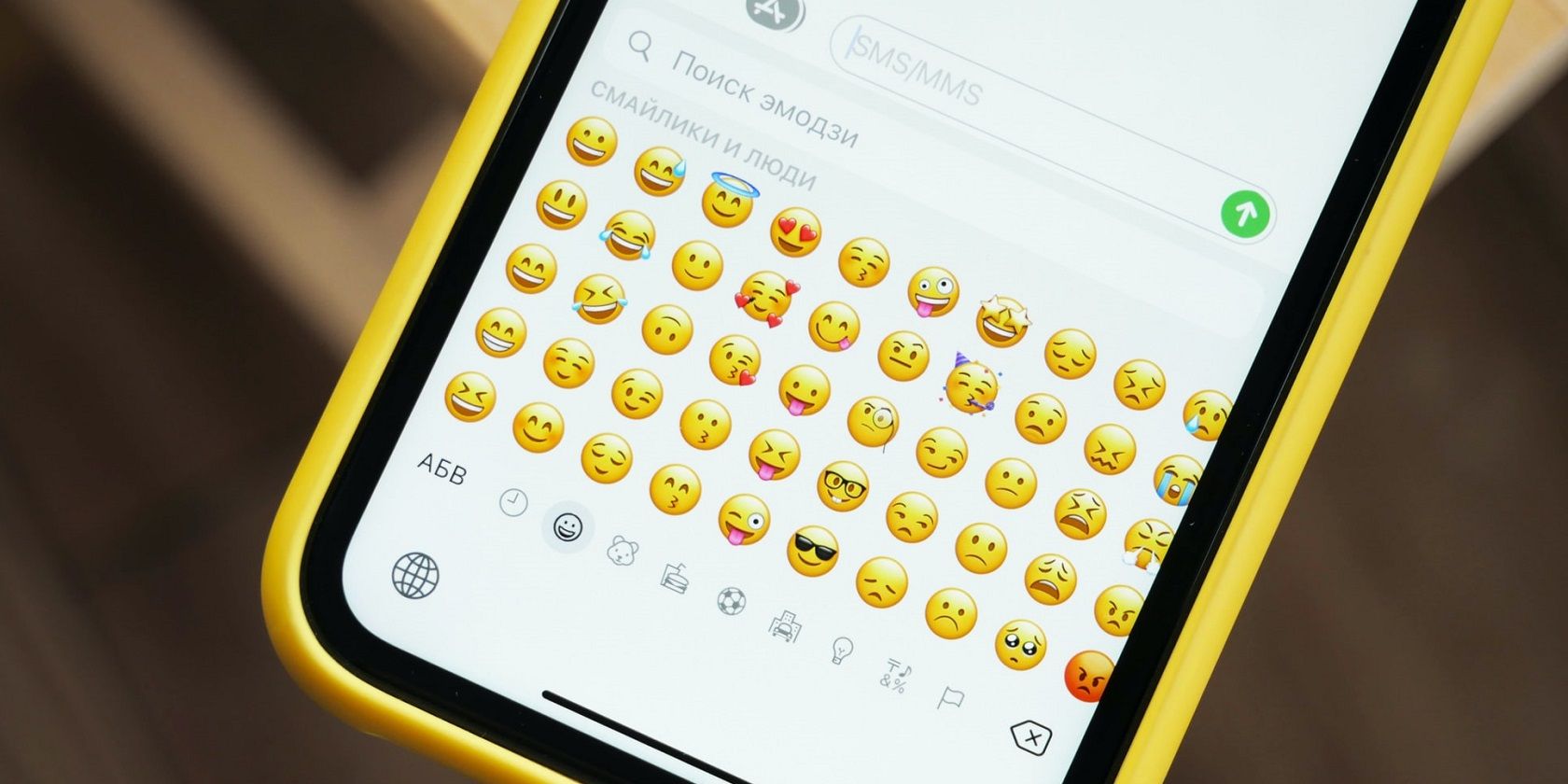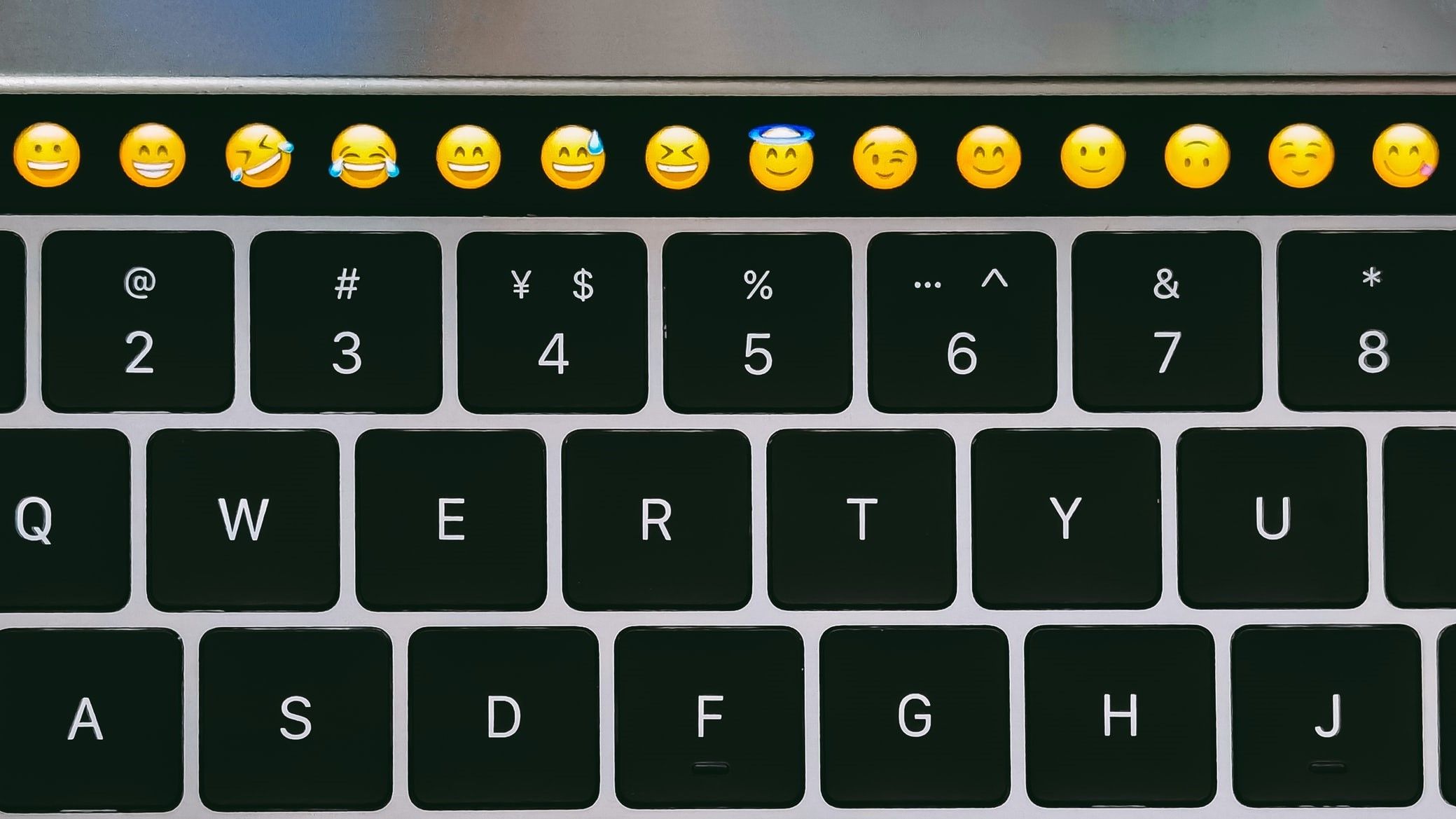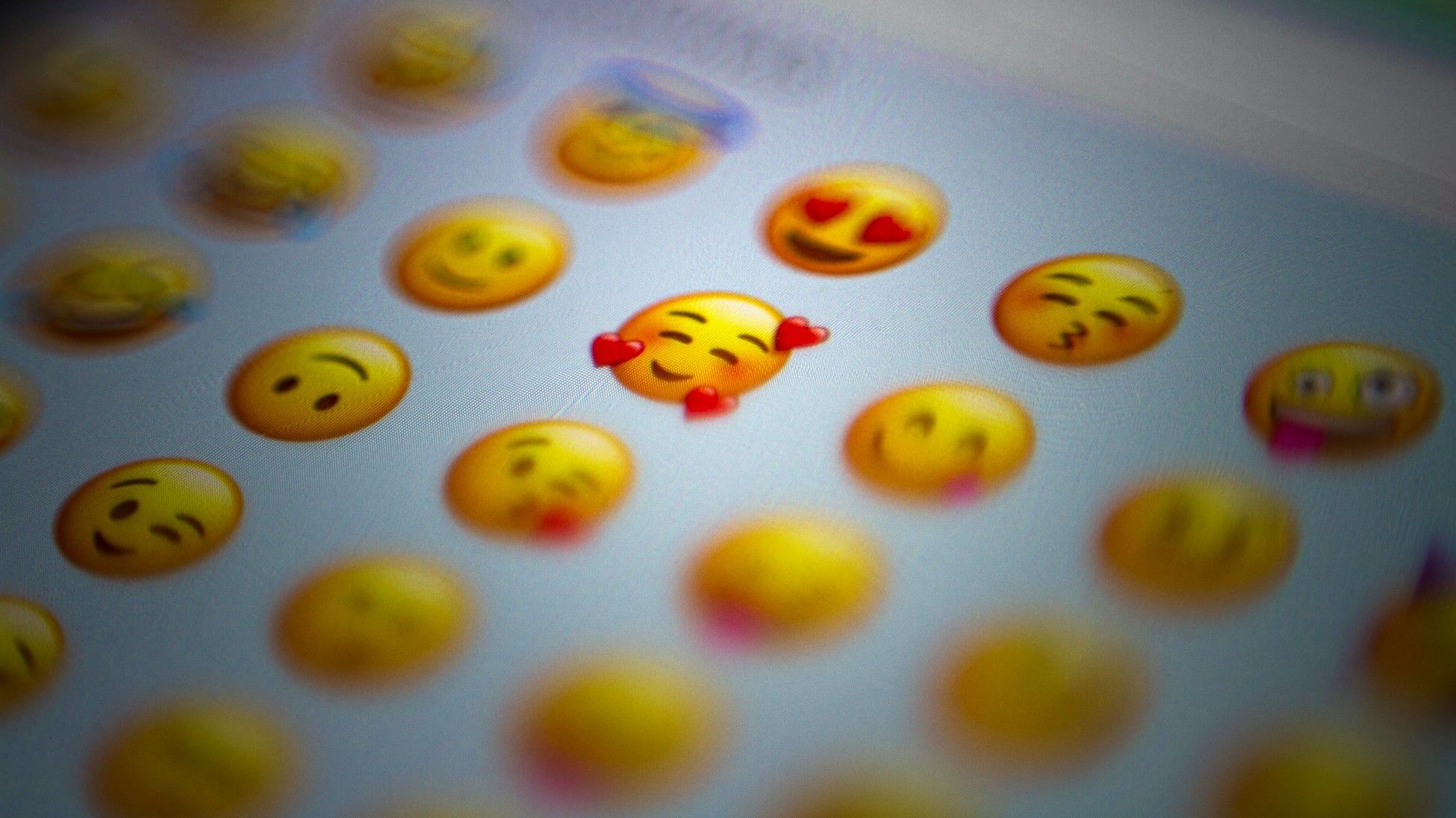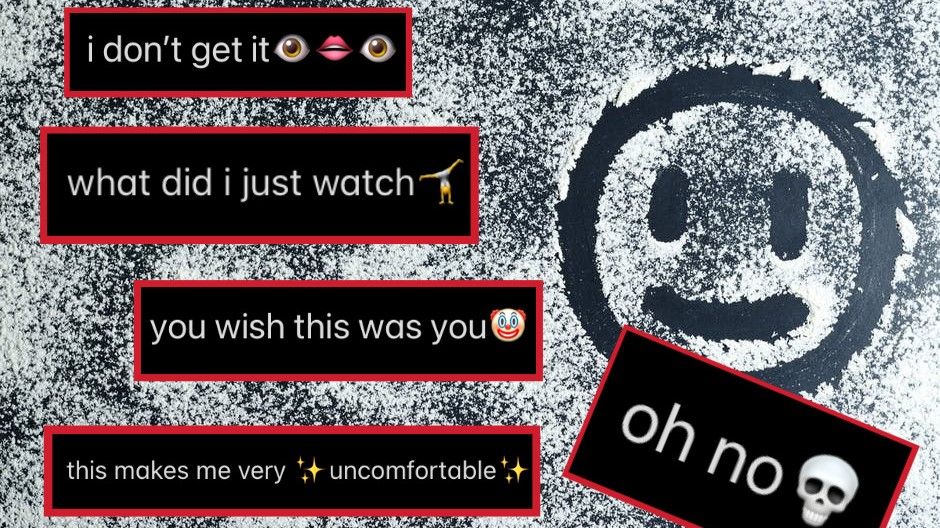Emojis have become a habitual way of sharing thoughts, feelings, and concepts. However, these smiley-face icons aren't appropriate in every form of communication. So, when is it fitting to use them?
We're going to give you several, everyday scenarios where emojis are acceptable (and unacceptable), as well as give a rundown of the history of emojis and how different generations use them.
Brief History of Emojis
Emojis originated with emoticons. If you can recall being online back in the day, you might remember characters like :) and <3. Since modern emoji icons didn't exist yet, people had to get creative with letters, numbers, and punctuation marks to convey feelings in text.
The emojis we know today rose to prominence in Japan in the late 90s and early 2000s. The word "emoji" comes from the combination of the Japanese words for "picture" (e) and "character" (moji). Its similarity to the word "emoticon" wasn't intentional, but simply a coincidence.
Emojis act as a pictographic form of communication, ultimately simplifying our mode of relaying information.
Emojis slowly spread from Japan to the rest of the world, and eventually, Google had them recognized by the Unicode Consortium to ensure their universal inclusion in all digital devices.
The use of emoticons isn't entirely outdated, but today, the majority of people prefer using emoji icons since there are now over 3,000 to choose from. They include avatars with different genders and skin tones, symbols, locations, random miscellaneous objects, and the classic face emojis with human expressions.
When to Use (or Not Use) Emojis
When it comes to communication and socializing, there's a time and place for everything, even in the digital world. Let's go over the scenarios when it is (and isn't) OK to use emojis, and which ones to use...
Personal Text
In personal texts, anything goes when it comes to emojis. The type and amount of emojis you use will come down to your personal communication style, and the relationship you have with the recipient. In fact, this is the ideal time to use them, as even one emoji can make a difference in how the other person perceives your text.
For example, "I'm just too much" followed by a laughing or clown emoji will let them know it's just a joke. But the same text followed by a sad-face or heart-broken emoji will invoke a sympathetic response since it reads as a sad phrase.
Social Media
How you use emojis on social media will vary greatly depending on the platform, recipient, content, and agenda. With light-hearted posts, anything goes. While serious content warrants fewer emojis due to their cartoonish nature.
For example, you might want to leave a comment with a bunch of laughing emojis on a funny Instagram video. But if you're commenting about your experience at a restaurant on its Facebook page, anything other than a smiley-face or thumbs-up emoji might be out of place.
Semi-Formal Communication
Semi-formal communication includes things like inquiries, arrangements for an event, complaints, as well as texts with individuals you don't know personally.
Emojis should be used sparingly in these texts since they can make the recipient uncomfortable if they don't know you, or it might give them the impression that you're not taking the subject discussed seriously. But they're not entirely taboo either.
Similar to serious social media posts, stick to smiley-face and thumbs-up emojis should you include them. If your text consists of important information, the Symbols and Flags sections of emojis might help drive your point. For example, using the downwards arrow to highlight a document attached underneath.
Communication With Coworkers
While your first thought might be to entirely avoid emojis with anyone work-related, that's not always the case—it depends on the nature of the relationship and the subject of discussion.
If you're having a friendly back-and-forth with a coworker, emojis are OK, as long as you don't use too many and match the emojis with the topic. Jokes can be followed by laughing emojis, regards to a sick family member can be sent with heart emojis, and relaying of an embarrassing story can be paired with the monkey covering their eyes.
Clients and Customers
If your communication with a client or customer has always centered around business and nothing else, steer clear from emoji use, especially if you don't know them personally. Otherwise, light emoji use could be OK.
A good rule is to wait for the client or customer to use them first, and you can follow their lead. Even then, consider the nature of the discussion and ensure that including an emoji in your response is appropriate. Simply because you've established friendly communication, doesn't mean emojis won't come off as unprofessional.
And if you do use them, stick to the basic ones. There won't be any part of business-related communication that warrants the tongue-out emoji.
Communicating With Your Boss
When communicating with your boss or any higher-up, emoji use is ill-advised. Similar to clients and customers, follow their lead, with extra consideration to the nature of the discussion.
If you have a good relationship with your boss, and they send an emoji, you've got the green light to include one in your response—only given the discussion leans to light-hearted. Under any other circumstances, it's safer to avoid emojis.
What Different Emojis Mean to Different Generations: Avoiding Misinterpretation
If you're using emojis in business-related communications, always stick to basic emojis or emojis that make sense in relation to the topic. When it comes to social media, however, you might have noticed strange emojis that don't seem to make any sense.
This is because the younger generations and social media users continually adapt the meanings of these emojis and the ways we use them.
It might be confusing to someone who doesn't understand these evolving meanings, and it'll probably result in some misinterpretations. Let's discuss some of the most common ones...
1. Skull
If you use the laughing emoji, you may be considered to be out-of-the-loop. Instead, the skull emoji can now sometimes represent laughter, depending on the context.
It relates to the slang term "I'm dead", meaning you've laughed so hard you can't breathe anymore.
2. Eyes, Lips, Eyes
The combination of these emojis looks like a strange face, which is the point. It signifies confusion, shock, or awkwardness. The person standing emoji means the same thing, like you're just standing there, not knowing how to react.
3. Clown
If you see a clown emoji following a statement, it means the author is poking fun at something or someone. It could either be the subject of the statement, or whoever it's directed at.
4. Stars
Star emojis are used to emphasize phrases or words. A word or phrase that's encased by star emojis means the author has highlighted that part of the sentence. It's typically used in a sarcastic manner.
5. Playing Sports
Emoji icons of avatars playing sports are used to represent extreme reactions. If you find something very funny, or just downright insane, these emojis are a good way to convey that.
Be Considerate of Your Emoji Use
With over 3,500 to choose from and counting, emojis have come a long way. They help us express feelings or concepts where words fail.
But they're not appropriate for every conversation you have. Consider the above points your guide for when to use emojis, and which ones to use.




